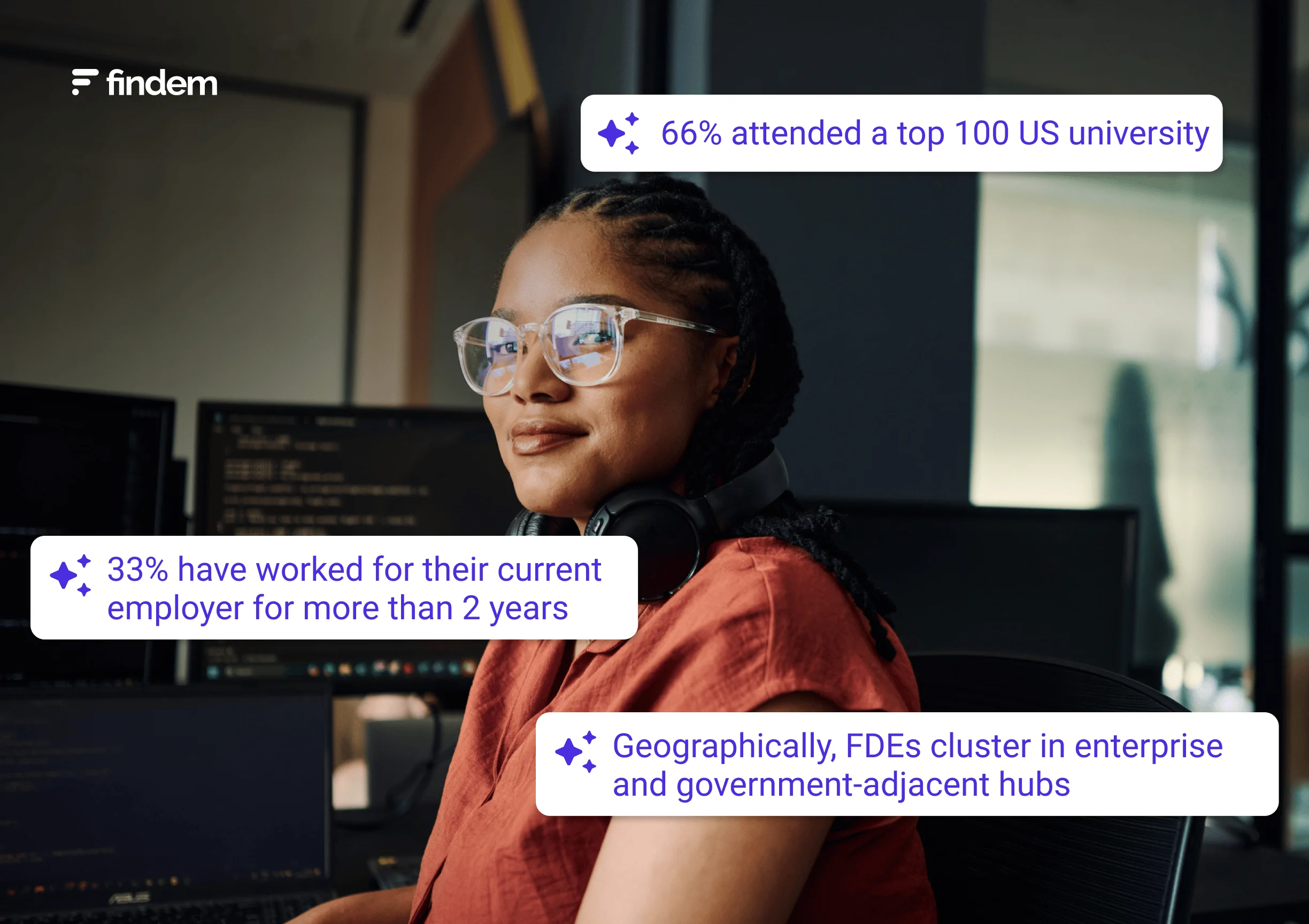.svg)

Unconscious biases have a detrimental effect on recruiters’ judgment and ability to be objective. So, despite your efforts to be inclusive in recruiting, it’s important to recognize how easy it is for bias to seep in and influence the process from sourcing to hiring.
That’s why HR and talent acquisition teams need to be very aware of their potential biases and take steps to limit the impact they have on recruitment efforts. By limiting bias as much as possible, you give your team the best chance to hire an A+ candidate and build a more diverse, engaged team.
Here are three ways to decrease bias in your hiring process.
1. Focus on creating fair job posts
Unconscious bias typically begins at the first point of connection with potential candidates: the job post.
Before you even write the job post, it’s a good idea to give your entire hiring process an in-depth review. You want to make sure that there’s no bias present in your sourcing efforts, interviews, skills and personality assessments, or background checks. You can extend this review out to internal programs, processes, and applications – even those introduced by a third-party organization.
For the job post itself, pay close attention to how you’re phrasing the job requirements for the role. You want to be very clear on which attributes are actually “required” and which are “preferred”. For example, some companies make the mistake of requiring a master’s degree when a candidate with a bachelor’s degree could easily succeed in the role. Setting the bar too high cuts out a lot of high-quality candidates from your recruitment pool.
2. Source for attributes, rather than keywords
Making a great hire is more than just ticking off boxes of skills and accolades. It’s important to consider each candidate’s attributes, including but not limited to skills and experiences, as well as their potential to have a positive impact on the business, to understand how they’ll add value to your current team.
The problem is that most resumes only give recruiters access to specific industry keywords and rarely provide broader, holistic data that can help you make an unbiased decision.
Findem offers a unique intelligence system to go beyond resumes and uncover unbiased insights about all your potential candidates. Using a library of over 1 million attributes per person is compiled from all publicly available data sources. When this data is pooled together and analyzed in a holistic manner, the result is detailed, data-informed profiles for over 700 million people.
The platform allows you to place attributes at the heart of your recruiting strategy so you can make hiring decisions from an abundance of information, not limited by the bias of industry keywords.
Remember, you want to find candidates who aren’t just employees. The ideal candidate is a well-rounded person with the skills, personality, and experience to thrive in your open role.
3. Incorporate blind sourcing into your recruiting process
Blind recruitment involves removing all identification details from your candidates’ resumes and applications before you review them. It’s a great way to evaluate candidates solely on their attributes and suitability for the role, as opposed to factors that can lead to biased decision-making.
Here are some of the personal details you should hide to get the most out of a blind recruitment strategy:
- Ethnicity - There’s no reason why your recruiters need to know a person’s ethnicity when reviewing their application.
- Gender - Gender inequality is a major problem in the corporate world. Many hiring managers, although open to all genders, tend to be biased toward one gender or another for certain roles.
- Education - Simply knowing what school someone went to sends a biased message about their background, intelligence, and work ethic. But the truth is that a university degree from a top-tier school doesn’t directly translate to a candidate succeeding in a role.
- Age - If you’re looking for the best candidate for a role, it’s important to not let age be a barrier. Some young candidates have remarkable experience to bring to the table while older candidates, who are advanced in their field, might not have the exact attributes needed to thrive in your role. Similarly, older candidates sometimes get overlooked when they have exactly the attributes and experience needed to succeed in the role and uplevel the team.
- Name - Research has shown that people with common, easy-to-pronounce names have an easier time getting hired.
In order to make blind recruitment work, you’ll need a team member outside of hiring to filter this information out of candidate profiles. This filtering can also be done using Findem, where you can source candidates for a specific attribute like ‘entrepreneurial spirit’ and remove bias from the equation.
Take steps to avoid bias
Regardless of the approach you take, it’s important to be aware of bias in the hiring process. If your company is focused on creating an inclusive and diverse work environment, you don’t want those unconscious biases impacting your pool of candidates. With insights into the diversity of your candidate pool, you can ensure that you’re always bringing on the best talent for every role.


.svg)








